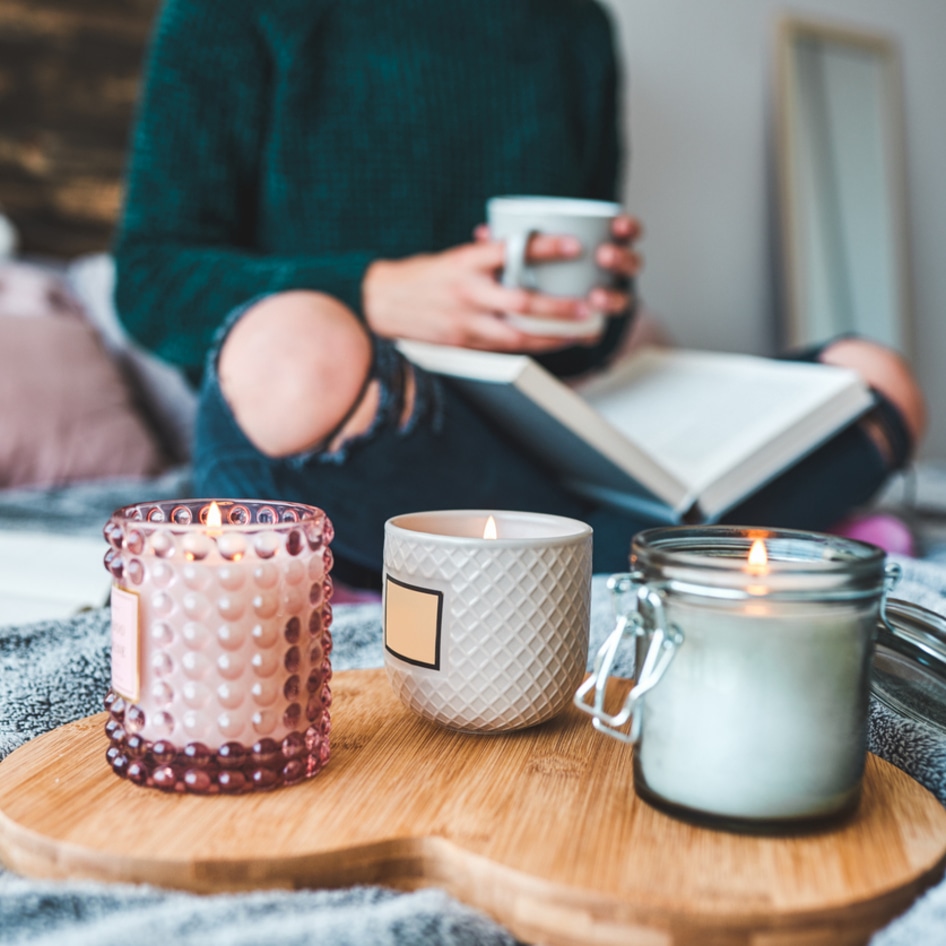5 Ways Becoming Ill Made Me a Better Doctor
One cardiologist’s most important lessons were learned on the job, not in medical school.
January 5, 2017
Becoming a cardiologist isn’t easy, as one must go to medical school and complete three years of an internship and a residency—followed by a three-year cardiology training program, otherwise known as a fellowship. When you finish all of this, you feel old. Or maybe that was just me, which is why I decided to have three children in five years (time was running out). Needless to say, my life quickly became a blur of work, home, and kids … and then there was my health. Four months after I had my third child, I became sick with a debilitating autoimmune disease and was given a dismal prognosis. I couldn’t understand how a person such as myself, who had once been so vibrant, had become so ill. But it turns out there was a silver lining. Becoming sick and learning how it felt to be a patient taught me how to become a better doctor. I’m so grateful for that. Since my diagnosis, I have developed clarity for my life and my work, and my patients are better for it. Here are the five most important things I’ve learned throughout my roundabout journey—as a doctor and then a patient—to finding wellness.
1. The body is a temple
We don’t want to hear this when we’re younger, but it’s true that the food we eat directly impacts our moods, our energy levels, and our risk of illness. I’ve learned how plant-based food allows the gut to remain strong. And when the gut is strong, we will have more energy, less inflammation, and decreased risk of illness. However, when we eat foods that are high in fat or made with processed sugars and animal products, our guts become full of harmful bacteria, which makes us sluggish and puts us at risk for illness. To remedy this, we should avoid sodas and processed food because when food is processed for a longer shelf life, preservatives (which are chemicals) are added. The goal is to eat as much fruit, vegetables, and whole grains as possible. Drink water and tea, and be creative with healthy spices such as cinnamon, garlic, and turmeric.
2. Being a patient is no fun
When I became sick, I learned a lot about waiting rooms. I recall the feeling of smallness overcoming me, which I had not anticipated. I also remember that feeling of loneliness, the belief that I was the only person who was sick, the countless blood draws, and how important it is for the patient to have a good phlebotomist. I remember thinking about how much I craved connection. Because of this lesson, nowadays I spend a lot of time with my patients. We talk about how they eat, how they sleep, and how they manage their stress. I know how much a gentle touch can feel to the despondent patient. These days, it’s also clear that I have to know the entire patient in order to help them heal. I know that I have made their lives better, and that is my greatest gratification as a doctor.
3. Breathe
Some of the most important lessons I teach my patients deal with the importance of recharging. Because of this, I recommend long showers, soaking in a hot tub, deep breathing, or going for a run. These reinvigorating moments allow the body to reset itself by decreasing our cortisol levels, blood pressure, and heart rate. Learning how to take deep breaths is also helpful. Sometimes, in my office, my patients and I do simple breathing exercises. Though this concept sometimes surprises my patients, when they finally agree to breathe with me, they almost always feel better and lighter. I recommend three counts of breathing in, a three-count hold, and a five-count breath out. Do this 10 times in a sitting. Between each breath, think of a mantra that makes you feel at peace. It can be as simple as “I am loved” or “I am okay.” Doing so drops our blood pressure and heart rates while providing a sense of serenity and peace.
4. Get moving
Nobody wants to feel small, but sometimes it’s useful to start small in terms of adding to or changing our exercise routines. Many patients want to make all their changes at once, but when we’re sick, we have to actually allow ourselves the time it takes to get better. Start by walking the stairs and parking farther away in the parking lot. Toss a football with your child. Walk in the pool. Get a fitness tracker to see how many steps you are taking each week. Once you have a daily steps average, try to increase it by 2,000 steps. Another good exercise I like is “Sun Salutation A,” a yoga pose that can be done in your bedroom. The stretch works core muscles with simple, calming poses such as “down dog” and “up dog.” Whatever you choose, remember that exercise doesn’t always have to be working out in a gym.
5. Sometimes the best prescriptions don’t come in pill form
Sometimes, lifestyle changes are difficult. People have been a certain way for so long and inertia keeps us moving. To counter this, I ask my patients what they have to lose by making changes that will only improve their lives. I’m proud to say I have patients who have come off some of their blood pressure medications and have started doing activities that they haven’t performed in years. One woman told me she started Arabic classes because she always wanted to learn a new language, and now she had the energy to do it. Another person told me that he started wrestling 10 years after he had stopped. It’s gratifying to witness and hear when my patients say their lives have improved and how they are empowered to keep changing.
Monica Aggarwal is a board-certified cardiologist at the University of Florida and the author of Finding Balance.
JUMP TO ... Latest News | Recipes | Guides | Health | Shop







